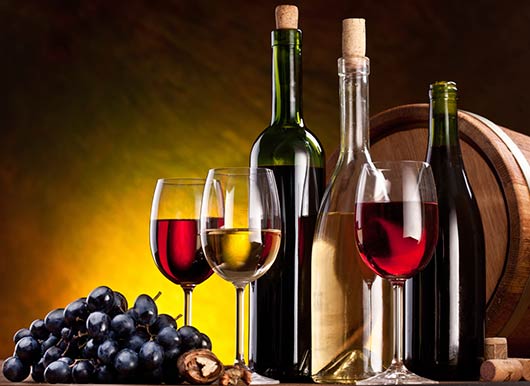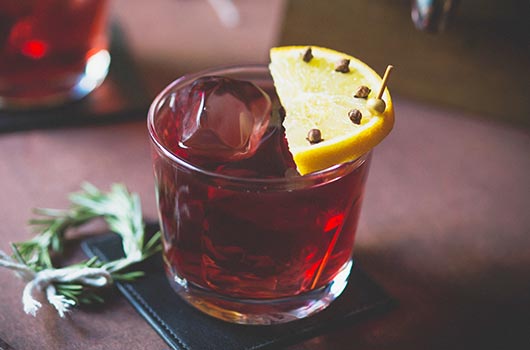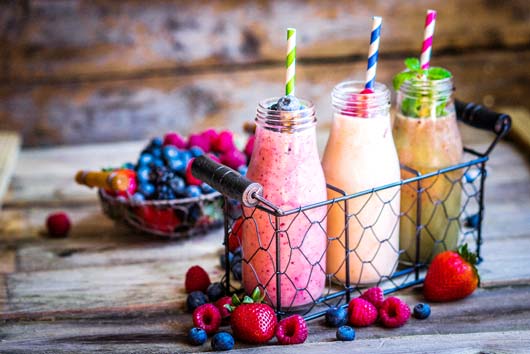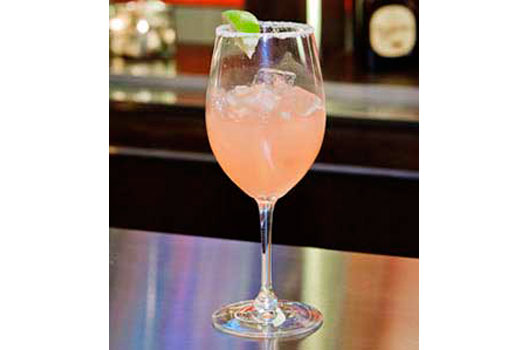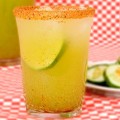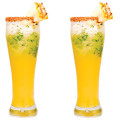
Rum is a shape-shifting spirit—there are as many ways of making it and enjoying it as there are cultures that grow sugar—which is of course rum’s origin. Based on archeological evidence, it is at least as old as Alexander the Great, who upon seeing sugar cane in India in 300 B.C. described it as “the grass that gives honey without bees”. Rum can be made from fresh sugarcane juice or from molasses, a by-product of the sugar refining process. It can be white, amber or dark. It comes from all over the world but most notably, the Caribbean.
There are some high-level styles that a budding rum enthusiast should understand. First is the English style, often from Jamaica, Barbados, Guyana, and Grenada. The English tradition is a molasses-based spirit that is characteristically dark and heavy, often with funky, complex notes. Then there is the French style, or Rhum Agricole—made in the French Caribbean and Martinique from fresh sugarcane juice.
While still complex, the French tradition has a lighter style than English rums. Finally there is the Spanish style, originating in Cuba and still made throughout the Spanish Caribbean. This tradition is made from molasses and is heavily filtered to give a smooth, light, elegant spirit with less complexity than its English and French cousins. Whatever its style, despite being distilled from sugar, rum itself shouldn’t be cloyingly sweet. It should smell loaded with fruits, spices, baked goods, and candies.
Rum has gone in and out of favor in the US; in the colonial era it was the definitive American spirit, with hundreds of distilleries in New England through the American Revolution. After the war American tastes turned to whiskies, which remained popular through the 19th century. During Prohibition rum grew in popularity, as middle-class travel and alcohol tourism drove people to explore the Caribbean, where the tradition of rum distillation continued unabated. But it was the South Pacific-inflected Tiki craze, which kicked off just after Prohibition and lasted through the 1960s, that brought rum back in a big way.
Read Related: Viva Tequila! Making the Perfect Margarita
Classic rum cocktails include the Daiquiri (a favorite during Prohibition), the Mai Tai (a classic Tiki concoction), and the Pina Colada (which for many people defines “tropical drink”). A wonderful way to feature rum’s flavors while riffing on whatever looks most delicious in the fruit section at your grocery or at the farmer’s market is a rum punch. From the Hindi word for five, punch classically contains just five ingredients, but the variations are endless. The classic poem to help you remember the recipe is: One of sour, two of sweet, three of strong and four of weak, a dash of bitters and a sprinkle of spice, served well chilled with plenty of ice.
EARL GREY RUM PUNCH
The night before you want to serve your punch, fill a quart-sized container with water and freeze so that you have a nice punchbowl sized piece of ice to keep your punch cool during your party.
This recipe makes two and a half quarts, enough for about 20 drinks.
Ingredients
1 cup lemon juice (sour)
2 cups simple syrup (sweet)
3 cups rum (strong)
4 cups cold brewed Earl Grey tea (weak)
Instructions
• Stir ingredients together and chill; serve in a bowl with the block of ice you made in your freezer, and ladle into cups.
• To this mixture you can add all manner of fresh fruit or herbs, and you can likewise swap Earl Grey for Chai, black or green teas.

